The largest city in the Indian state of Gujarat, Ahmedabad also served as the state’s capital till it was moved to Gandhinagar in 1970. The region of Ahmedabad has been populated since the 11th century when it was ruled by the Gurjara-Pratihara Rulers. The land came under the reign of several medieval and pre-modern India dynasties and empires such as the Delhi Sultanate, Mughals, and Marathas and eventually under the British Empire. Ahmedabad was also known as the forefront of the Indian struggle for independence when Mahatama Gandhi established the famous Sabarmati Ashram in 1917. Today Ahmedabad is one of the most developed townships in India and is famous for several tourist attractions and being the financial hub of North-Western India. Here are few of the best tourist attractions in the town of Ahmedabad.
1. Sabarmati Ashram
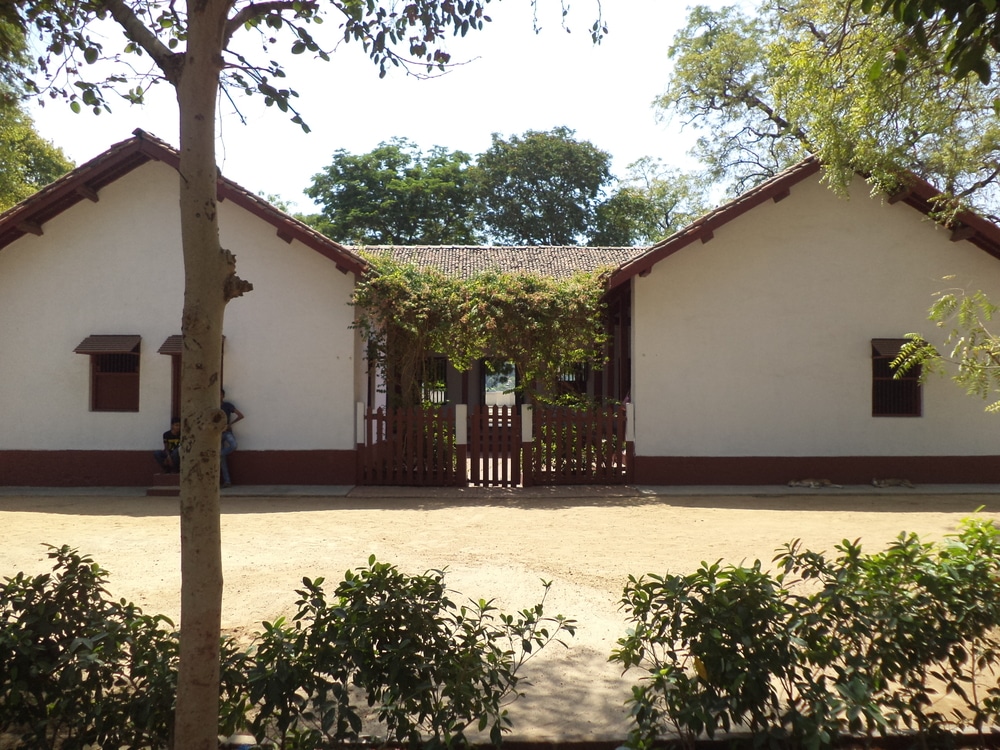
Located at the banks of the Sabarmati River, the Ashram was established by the very hands of Mahatama Gandhi who resided here for 12 years. Sabarmati Ashram was known to be the focal point of the non-violent movement against freedom and also served as the base for the famous Salt Satyagrah. According to the ancient Hindu texts, the ashram is said to be located on the ancient site where sage Dadhich sacrificed his ribcage to make weapons for the Gods.
2. Bhadra Fort
Built in the 15th century by the Muslim ruler Ahmad Shah I, the Bhadra Fort serves as the city’s cultural center and contains palaces, mosques and massive gates. The structure was rebuilt and expanded several times over the course of history and after the British conquered Ahmedabad in 1817, also served as a jail during the British Raj. Today the structure contains government offices and is used to hoist the Indian national flag during the Independence Day and Republic Day ceremonies.
3. Adalaj Step Well
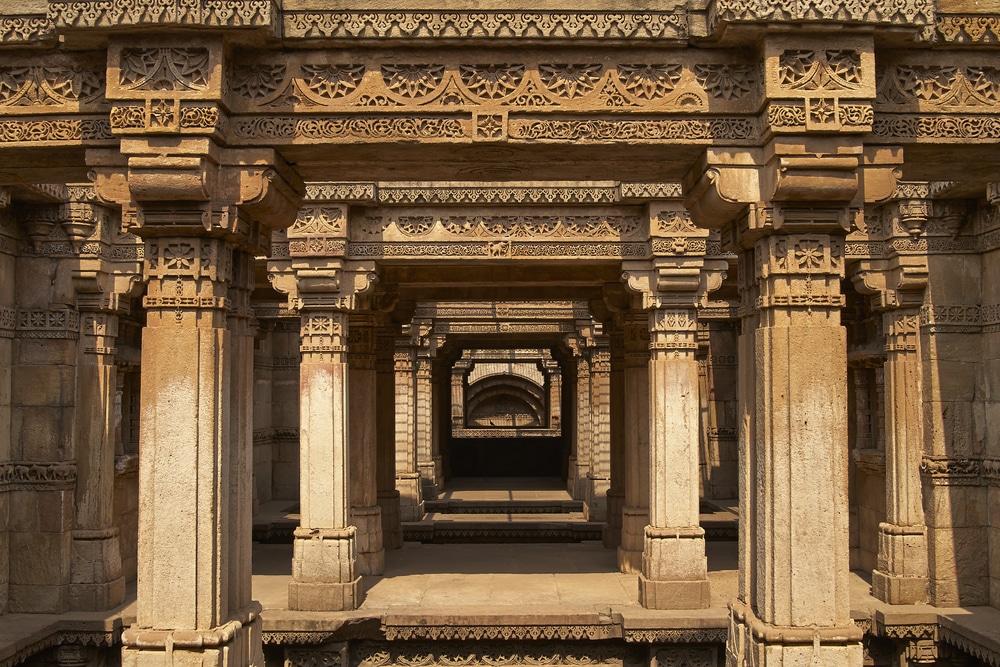
Adalaj Step Well was built by a Muslim king for the Vaghela queen Rani Roopba in 1499. The structure is an intricately carved water reservoir and is 5 stories in depth. The structure was built in the Hindu Solanki architectural style and is octagonal from top. The well is one of the best examples of the Persian-Muslim influenced architecture mixed with the Hindu architecture with its carvings, sculptures and the inscriptions that depict the story of its origin.
4. Akshardham Temple
One of the largest Hindu temples in the world, Akshardham Temple was built in 1992 and is dedicated to Lord Swaminarayan. The complex is spread around a massive area of 23 acres and serves as a center for devotion, arts, education and displays a marvelous modern Indian architecture. The temple was also a site of armed terrorist attacks that occurred in 2012 and claimed the lives of 30 civilians. The 7 foot tall gilded statue of lord Swaminarayan must be witnessed by all the visitors.
5. Kankaria Lake
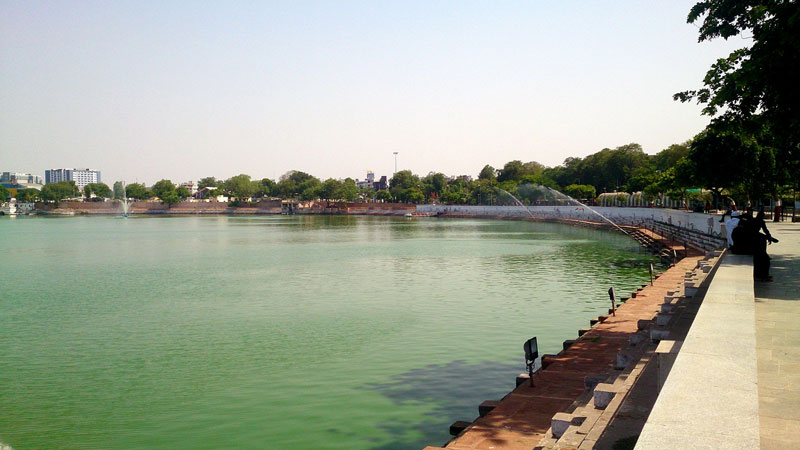
The largest lake in Ahmedabad, Kankaria Lake is a manmade lake built in the 15th century by the Muslim ruler Sultan Qutbuddin and served as a bathing place for the kings. The lake is spread in a circumference of 3 miles and is built in a 34-sided polygonal shape with steps that lead into the water. The best time to visit the lake would be during the Kankaria Carnival, which is a week-long cultural and social festival held during the last week of December.
6. Kamala Nehru Zoo

Also known as the Kankaria Zoo, the Kamala Nehru Zoological Park was established by Ruben David in 1951 and was also rated the as the ‘Best Zoo of Asia’ in 1974. The zoological park houses more than 450 animals, 2000 birds and 140 reptiles and is spread in an area of 31 acres. Apart from these the zoo also contains an amusement park, children’s park, toy train and balloon safari etc.
7. Juma Masjid
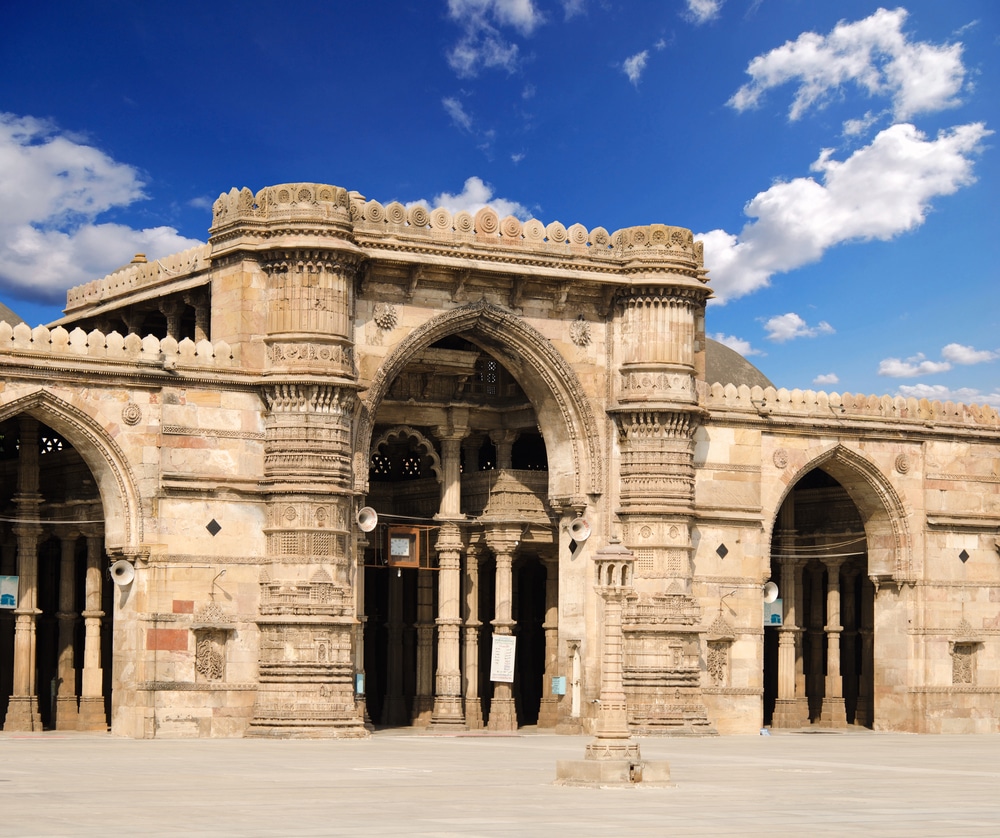
Built in 1421 AD during the reign of Ahmad Shah, the Juma or the Jama Masjid is one of the largest mosques in India. The mosque is built in a decorative Indian Persian-Muslim architecture and contains the tombs of the Muslim emperor, his wife and his sons. The structure is built entirely in sandstone with intricate artistic carvings, sandstone meshes (jails) and pillars. According to the inscriptions, the mosque was intented to be used by the Sultans and their family.
8. Calico Textile Museum
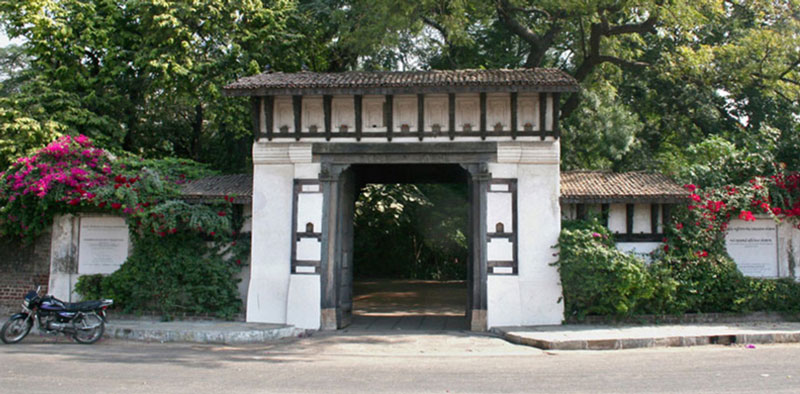
Calico Textile Museum was established in 1949 by the Sarabhai foundation and is located in the heart of Ahmadabad’s textile industry. The museum was originally located at the calico mills but as the collection grew it was moved to a carved haveli which was the former residence of the Sarabhai family. The museum displays textiles used by the mughals and several types of cloths manufactured during the 19th century. It also contains temple hangings, paintings, sculptures and religious textiles etc.
9. Jhulta Minara
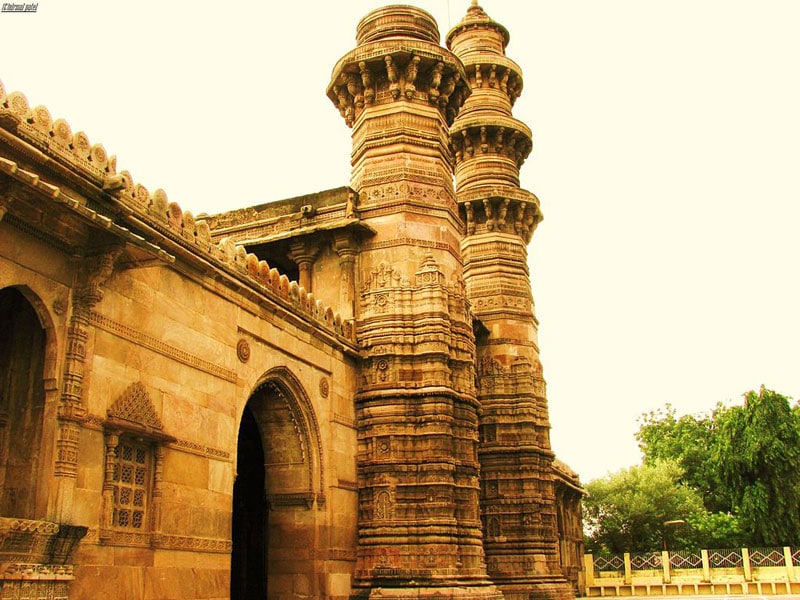
Formally known as the Sidi Bashar Mosque, the structure is also referred to as Jhulta Minara due to its vibrating minarets. The mosque was built in the year 1452 AD by a noble in the court of Emperor Muhammad Begada. Like the other structures in Ahmedabad, the mosque is built in sandstone with intricate carvings. The structure contains 2 minarets which vibrate with even the gentlest shake. The passageway however, stays free from the vibration.
10. Sidi Saiyyed Mosque
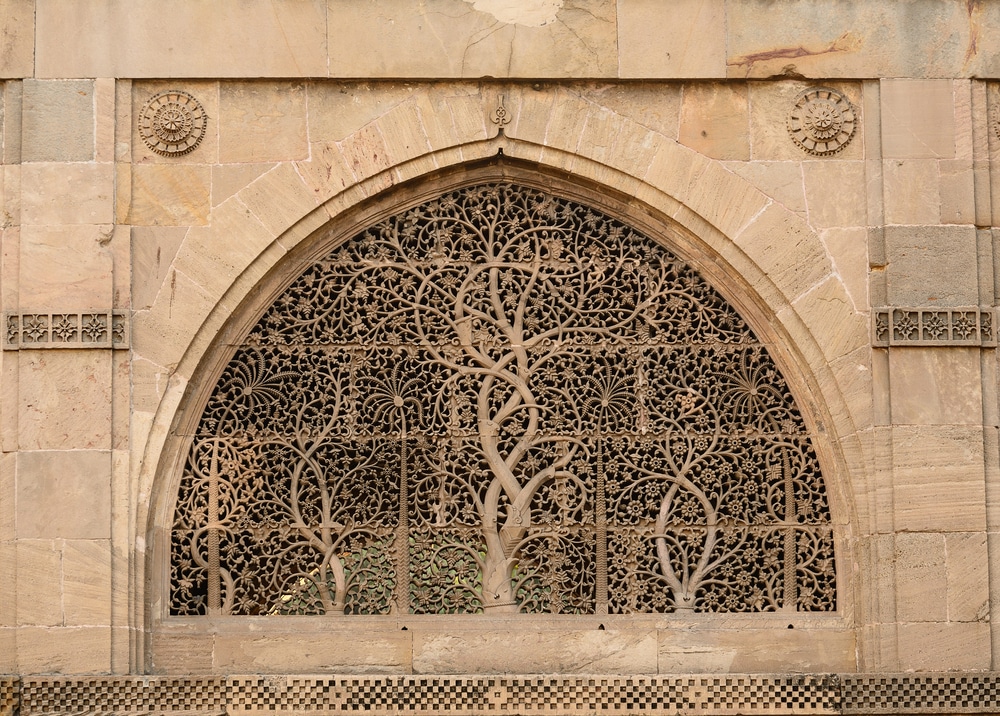
Build in 1572 AD, Sidi Saiyyed Mosque is one of the most marvelously designed mosques in India. It is built using a typical Muslim indo-sarsenic style and displays a marvelous collection of latticework windows. The mosque was built during the final years of the Gujarat Sultanate before the land was conquered by the Mughals. The latticework windows display an intricately carved stone slab with intertwined tree foliage and motifs and have also become an unofficial symbol of the city.
Ahmedabad being the heart of the state of Gujarat is filled with several attractions and forms the crux of the Gujarati culture in India. The above-mentioned places are not only few of the best attractions in Ahmedabad but also provide a deep insight in the history and the lifestyle of the Indian state of Gujarat.
More Tourist Destinations In Gujarat:

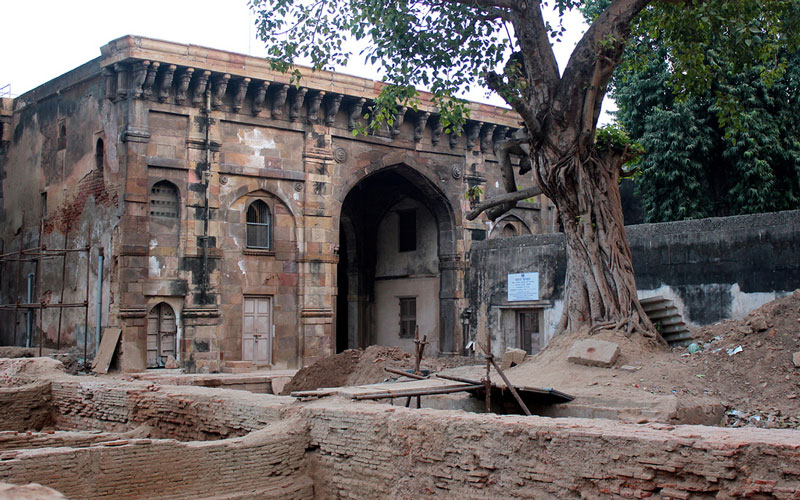
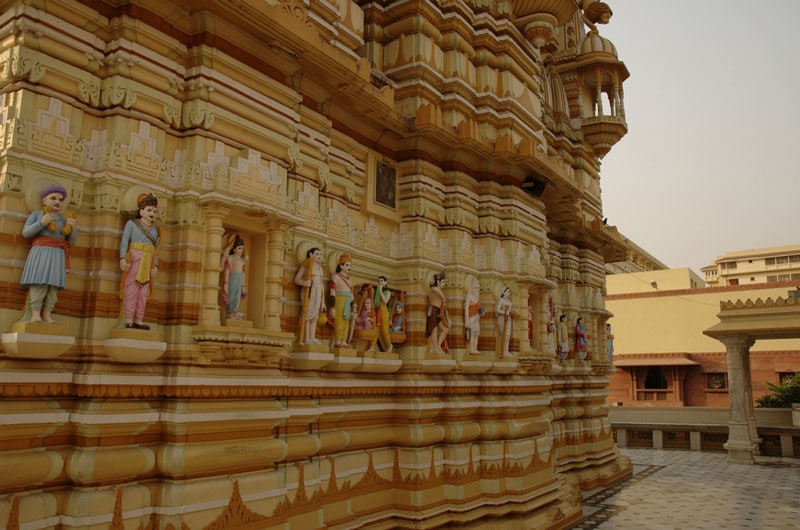

Nice article.
Ahmadabad is a nice place to visit. I enjoyed my stay at Ahemdabad very much. I stayed at mani mansion hotel during my visit. Its a nice place to live.